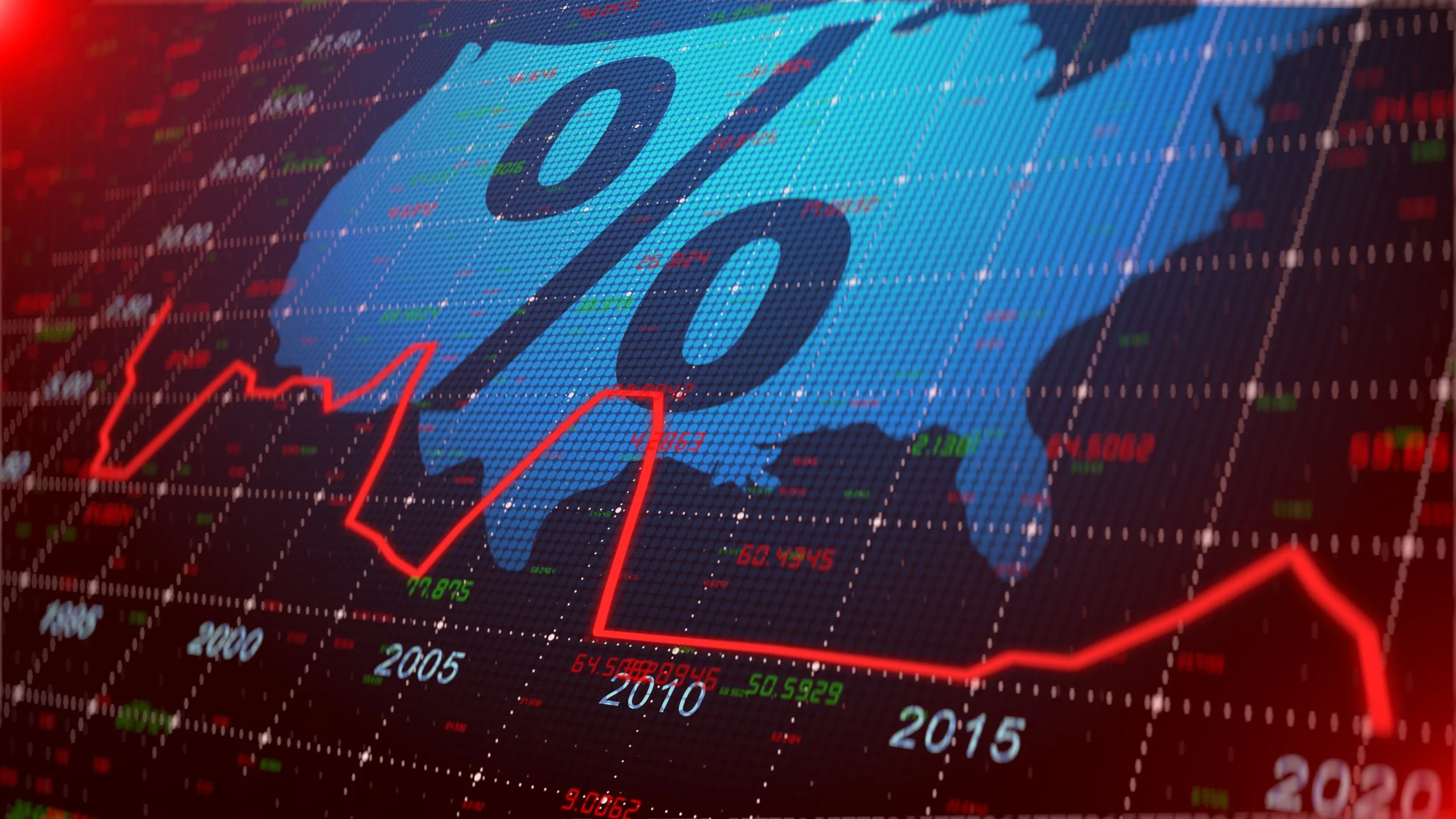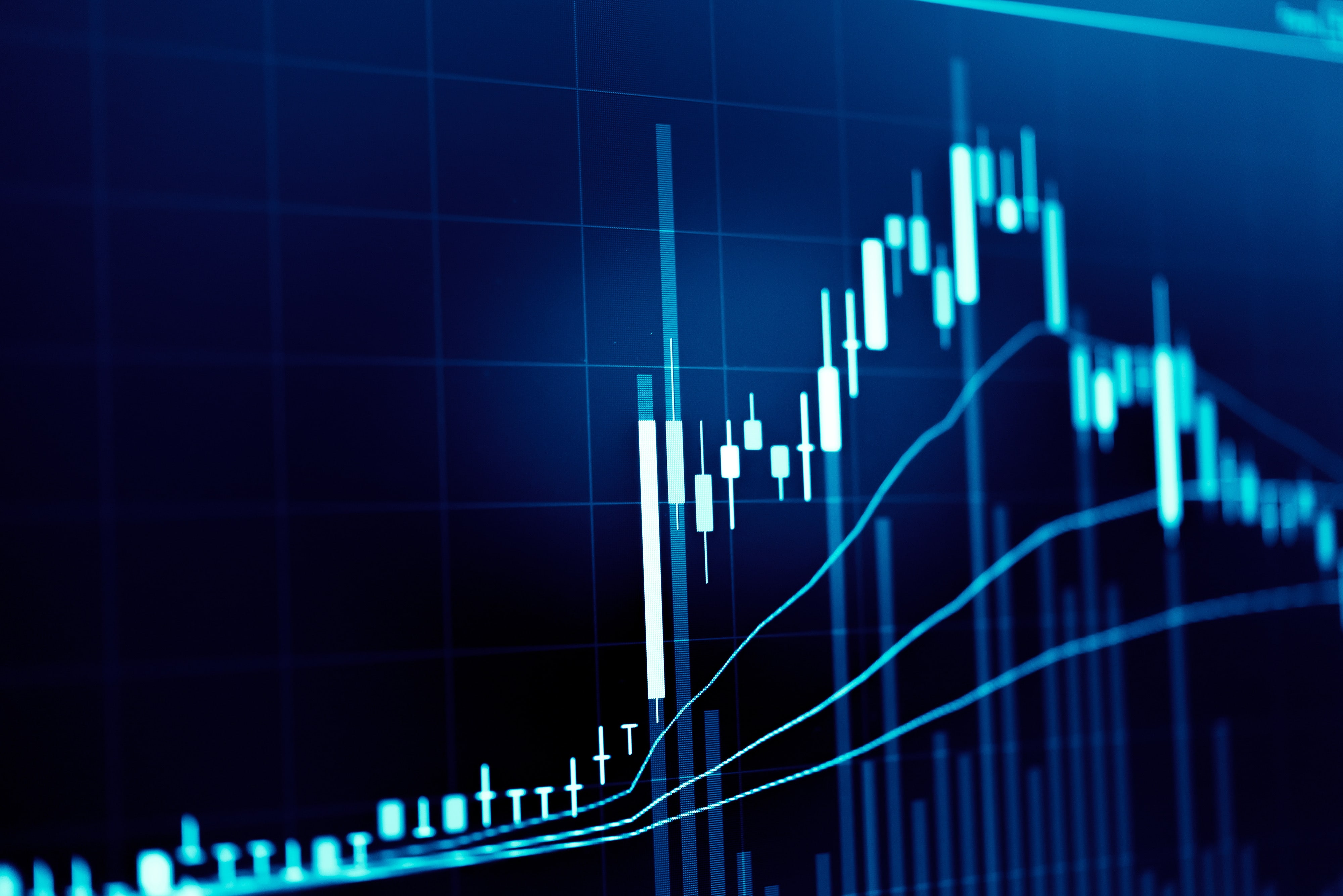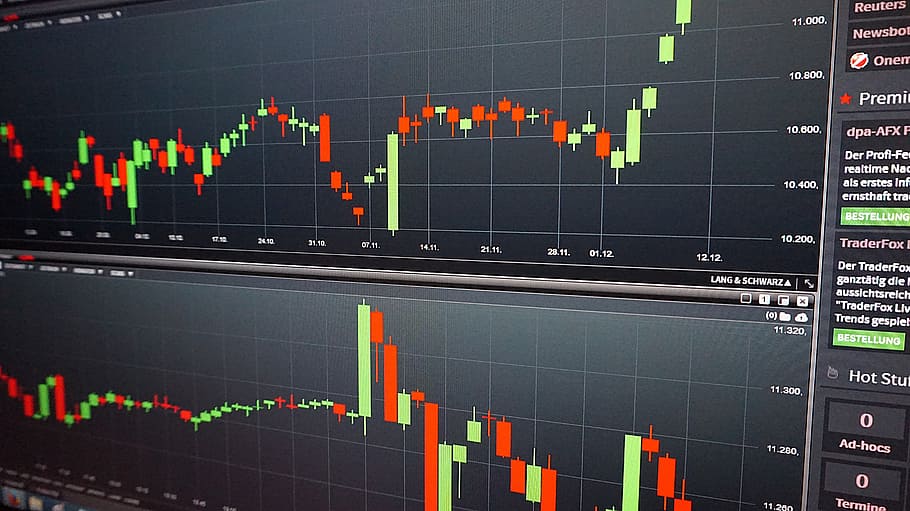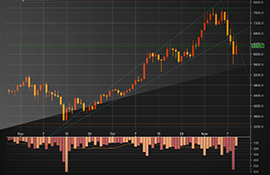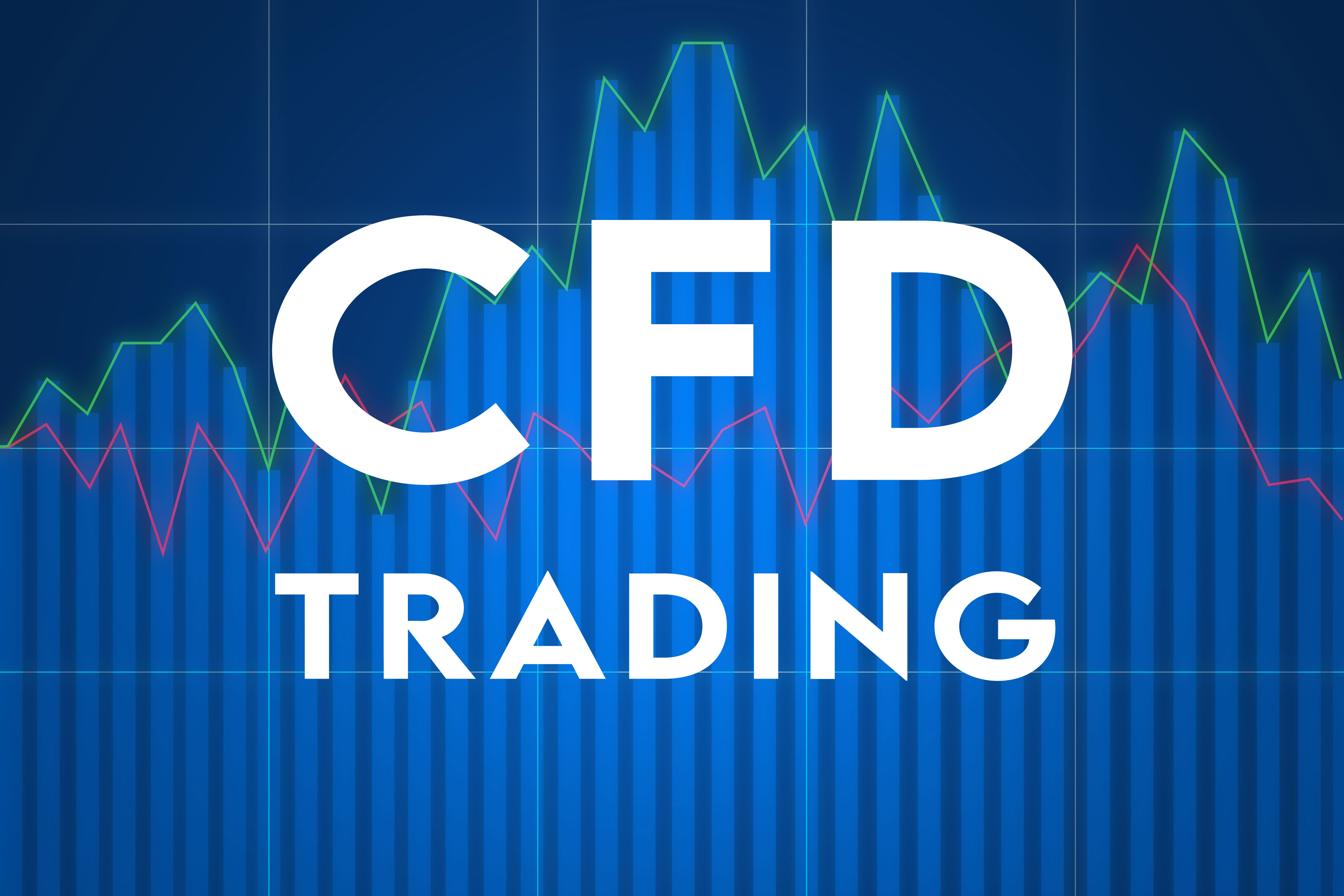What Is Qualitative Analysis
What is qualitative analysis? Some traders swear by fundamental analysis, while others dismiss it as useless. What’s the truth? Fundamental analysis is a qualitative approach to analyzing a company or economy in order to predict future movements in prices. It can be a powerful tool for traders when used correctly, but it takes time and practice to develop the skills needed to use it effectively. In this blog post, we’ll explore what fundamental analysis is and how you can start using it in your trading strategy.
What is qualitative analysis?
Qualitative analysis is the process of assessing a company's financial statement in order to make informed decisions about investments. Forex traders often use qualitative analysis to research a currency before making a trade.
An example of qualitative analysis would be if a forex trader was interested in investing in the British Pound, they might look at economic indicators such as employment rates, inflation, and Gross Domestic Product (GDP) to get an idea of how the currency is performing. If the data looks good, the trader might buy the Pound; if the data looks bad, the trader might sell or avoid buying the Pound altogether.
Qualitative analysis isn't always about numbers; it can also involve things like a country's political stability or recent news events that might affect the currency. For example, if there is a lot of political unrest in a country, that might make investors nervous and lead to the selling of the currency.
Overall, qualitative analysis is a way of looking at a company or currency using non-numerical data to make informed decisions about investments. Forex traders often use qualitative analysis to research a currency before making a trade.
Qualitative vs Quantitative Trading, which is best?
The foreign exchange market, or Forex, is the market in which currencies are traded. Currencies are important to most people around the world because currencies need to be exchanged in order to conduct foreign trade and business. The Forex is the largest financial market in the world and is open 24 hours a day, from Sunday evening to Friday night. When it comes to Forex trading, there are two main approaches that traders use: qualitative and quantitative analysis. The qualitative analysis focuses on factors that cannot be measured, such as political stability or economic news. Quantitative analysis, on the other hand, looks at measurable data in order to make trading decisions.
So, which approach is better? There is no simple answer to this question. Forex trading is a complex activity, and different traders will find different approaches to be more successful. Some traders prefer to use qualitative analysis, while others prefer quantitative analysis. And still, other traders use a combination of both approaches.
Ultimately, it is up to the individual trader to decide which approach works best for him or her. Both qualitative and quantitative analysis have their own strengths and weaknesses. Qualitative analysis is often seen as being more subjective than quantitative analysis, and it can be difficult to measure the results of qualitative analysis. However, qualitative analysis can give traders a better feel for the market and help them make more informed trading decisions. Quantitative analysis, on the other hand, is often seen as being more objective and scientific.
Qualitative Fundamental Analysis for Traders
When trading forex, it's important to understand the difference between qualitative and quantitative analysis. Both have their place in a trader's toolkit, but they serve different purposes. Qualitative analysis is more concerned with the "why" of the market, while quantitative analysis focuses on the "what."
The qualitative analysis looks at the underlying reasons behind price movements. This can include factors like economic conditions, political stability (or instability), central bank policy, and even natural disasters. By understanding the reasons behind price changes, traders can get a better sense of where the market is headed and make more informed trading decisions.
Quantitative analysis, on the other hand, is more focused on numbers. This type of analysis looks at things like price data, trading volume, and technical indicators to identify potential trading opportunities. Quantitative analysis is more of a mechanical approach to trading, while qualitative analysis requires a bit more interpretation and subjective judgment.
Both qualitative and quantitative analysis have their pros and cons, and both can be used to make successful trades. Ultimately, it's up to the individual trader to decide which type of analysis suits their trading style best.
Do you have a preference for qualitative or quantitative analysis? Let us know in the comments below!

